Factors Affecting Enzyme Activity
Though
specific enzymes have specific substrate for their action. Their affinities for
that particular substrate can be changed by different influencing factors .
Factors that affect enzyme activity are:
1. Enzyme concentration- If the amount of substrate is more than the enzyme then the enzyme activity will be decreases. On the other side if the enzyme concentration is less than the substrate concentration then the affinity for the enzyme can be increased by increasing the substrate concentration. If the K m is less then, less amount of substrate is required for the reaction.
2. Substrate Concentration-
Enzyme and substrate bindings are like lock and key model. Where enzyme is the appropriate lock and substrate is the key for the lock. If the enzyme concentration is high and the amount of substrate is less than the enzyme then the speed of formation of enzyme substrate complex concentration will be less. Then the substrate concentration should be decreases. Comparatively small K m means small afginity of substrate is required for the high velocity of the enzyme.
3. Product Concentration- Some enzyme when binds
with the substrate and produces products the concentration of the product also
influence the binding of substrate to the enzyme.
4. Temperature of the Reaction- Enzyme acts on specific range of temperature. Every enzyme has its specific temperature for highest activity and is called optimum temperature. Within the range it has been observed that enzyme activity has increased many times. But after certain increase of temperature it has been observed that the enzyme get denatured. Maximum metabolic enzyme of the animals are denatured above 40℃. It has been checked ,due to increase of 10℃ it is seen that the enzyme activity has been increased by 50-60% . Example- Optimum temperature of the maximum digestive enzymes in our body is 37℃ , according to our own body temperature. Enzymes activity decreases due to decrease of temperature.
5. pH of the Surroundings- Activity of enzymes are dependent on the specific range of pH. It varies from enzyme to enzyme. The particular pH ,where the enzyme activity is highest is called optimum pH. Due to change of pH ,enzyme activity increase or decrease. Example- peptic enzymes (pH 2) are act on acidic medium whereas pancreatic enzymes(pH 7.6) act on alkali medium.
6. Inhibitor - Inhibitor are substances that competes with the substrate. Enzyme and substrate are same like lock and key means there is specific key for specific lock. As Inhibitors act as key and it competes with the substrate to occupy the active site of the enzyme. If the Inhibitors occupy the site then the substrate cannot bind with the enzyme. As a result there is no enzyme substrate complex and no enzyme activity. Example- ribonuclease Inhibitors inhibits the activity of ribonuclease and causes inhibition of protein – protein interactions.
7. Inducer- Sometimes some activity of the enzyme may change due to activity of the inducer. Inducer binds with the enzyme first and the complex which formed has high affinities for the substrate bindings.Example- Aminoglutethimide is an inducer that increase enzyme activity.
From Factors Affecting Enzyme Activity to HOME PAGE
Recent Articles
-
What Is Plasma? | Blood Plasma | Proteins | Nutrients | Cholesterol
Nov 07, 25 10:29 AM
Blood is a mobile fluid which is a connective tissue and is derived from the mesoderm like cell any other connective tissue. Colour of blood is reddish and that flows inside the blood vessels by means… -
Disorders of Respiratory System | Tuberculosis | Pleurisy | Emphysema
Oct 28, 25 11:39 PM
Tuberculosis is very common disease and is caused by a type of bacteria called Mycobacterium tuberculosis. This disease causes different trouble in the respiration and infection of several parts of th… -
Regulation of Respiration | Respiratory Centres | Inspiratory Area |
Oct 14, 25 12:13 AM
Respiratory Centre is the area that controls the rate of respiration and it is observed to be located in medulla oblongata and pons. Respiratory Centre has the following will dispersed components like… -
Explain Transport of Gases | External Respiration | Tissue Respiration
Oct 09, 25 11:35 PM
In humans gaseous exchange is completed in the following ways the steps are - External Respiration or Breathing - Breathing in false taking in of Oxygen and giving out of carbon dioxide in the body. M… -
Kind and Number of Teeth | Location of Teeth in Mouth | Care of Teeth
Sep 11, 25 12:52 AM
Kind and Number of Teeth
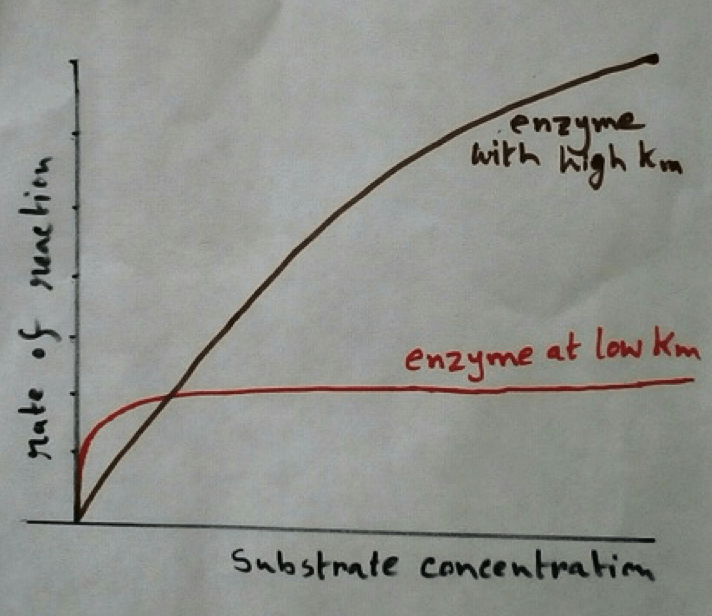
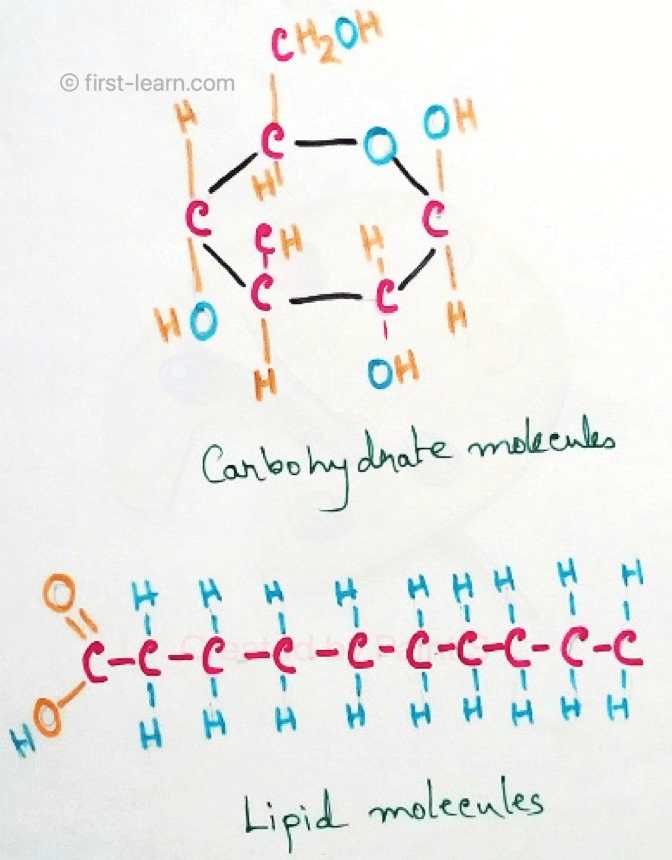

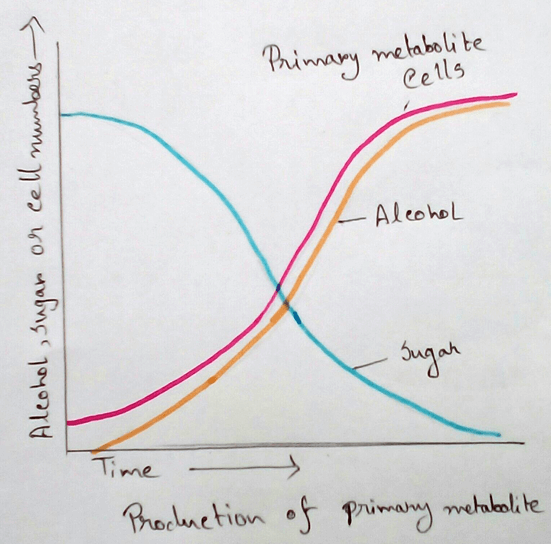
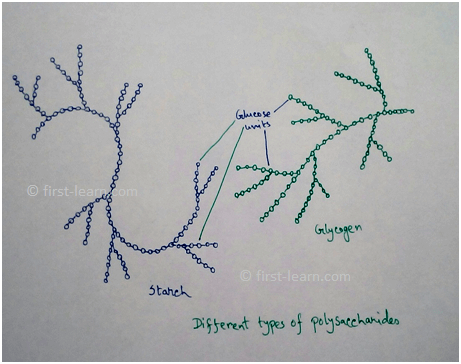
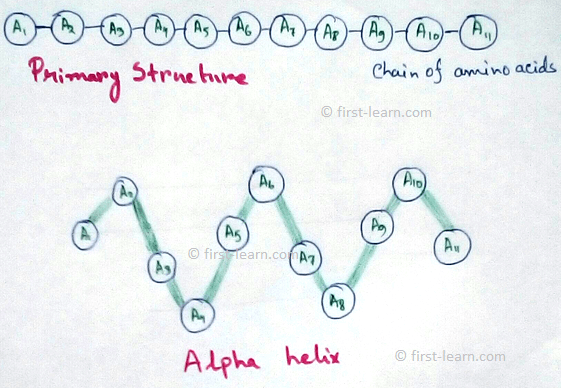
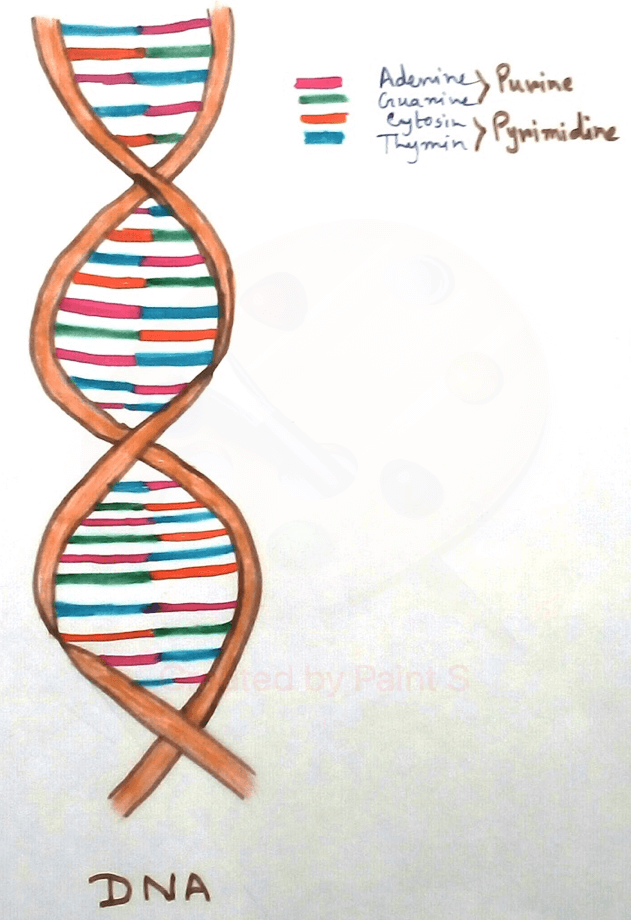
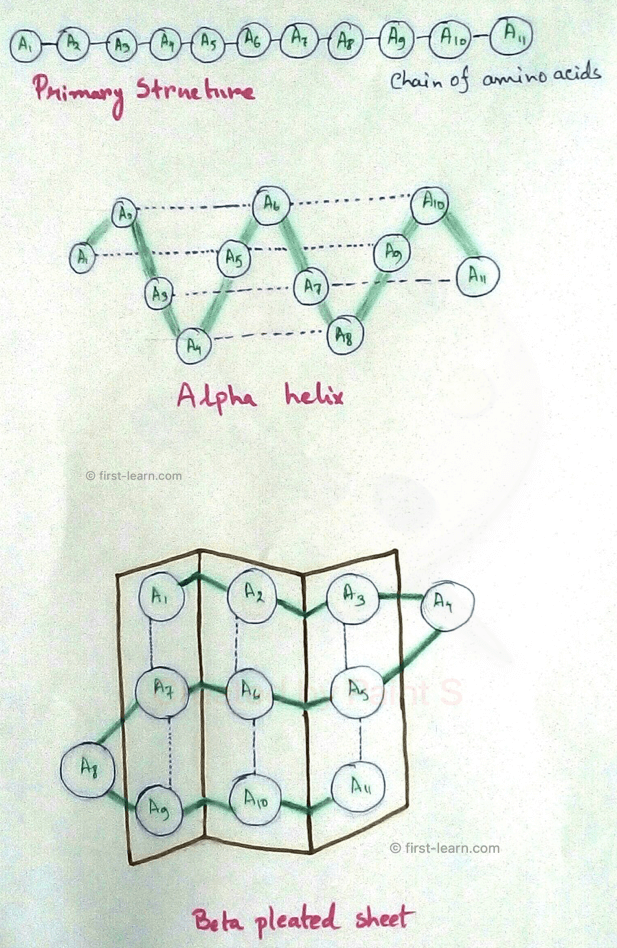





New! Comments
Have your say about what you just read! Leave me a comment in the box below.